Polish rabbits are a type of domestic compact rabbits that are usually bred for exhibitions. The breed in the UK is known as “Polish” but in the USA it is more popularly known as “Britannia Petite”.
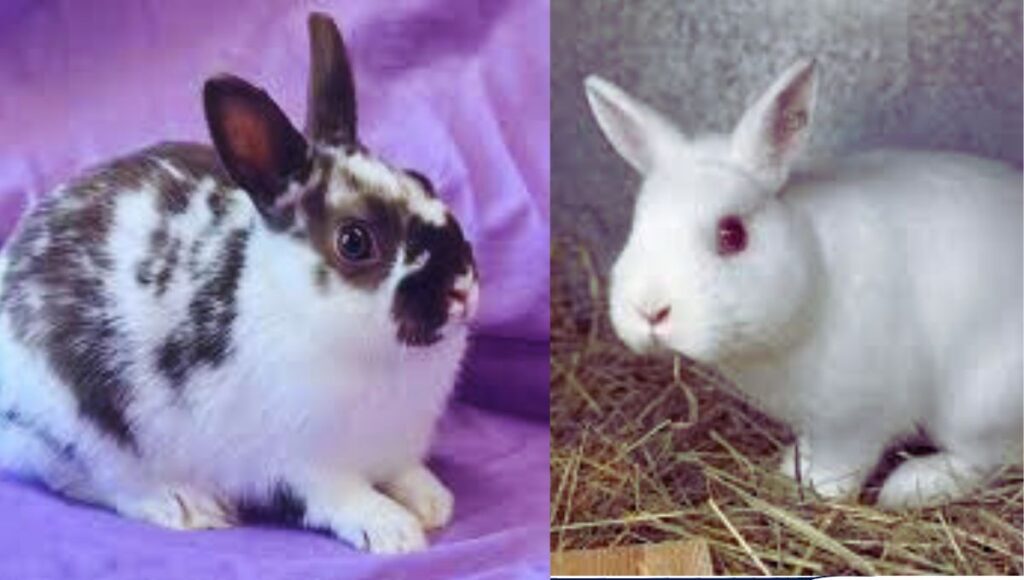
Table of Contents
Polish Rabbits- In a Glimpse:
| Common Name | Polish Rabbits |
| Scientific Name | Oryctolagus cuniculus |
| Other Names | Britannia Petite |
| Adult Weight | 2.5-3.5 lbs |
| Behaviour | Black, white, blue, chocolate, etc. |
| Habitat | Colours |
| Diet | Grass, Hays, Oats, Spinach, etc |
| Predators | Dogs, cats, foxes, badgers, etc |
| IUCN Status | Not evaluated |
| Gestation Period | 28-31 days |
| Weaning Age | 4-6 weeks |
| Lifespan | 5-6 Years |
| Behavior | Docile, gentle and intelligent |
| Good Pets? | Yes |
| Jump | 3 feet |
Everything About Polish Rabbits:
The breed was first developed for meat but due to their sublime appearances, today the rabbit is widely used for exhibitions.
Origin:
The name of the breed is completely misleading. The breed was originated in England, not in Poland. The term “Polish” indicates their glossy or silky fur. In 1912, the breed was first exported to the USA.
The exact origin of the breed is yet to be known but it is assumed that it is a cross between a Dutch rabbit and a Himalayan rabbit. The Polish rabbits first appeared in the early 1800s but by 1900, the breed became widely popular in England and Belgium for its delicious meat.
Habitat:
As it is usually a pet breed, Polish rabbits live in cages. But the rabbit needs 5-6 hours of playing time outdoors every day. They love to run, play, and dig hutches on the ground and spend time there. Being a small rabbit breed, always supervise your rabbit while playing outdoors, otherwise, predators can attack it for its delicious meat.
Physical Appearances: How do you identify a Polish rabbit?
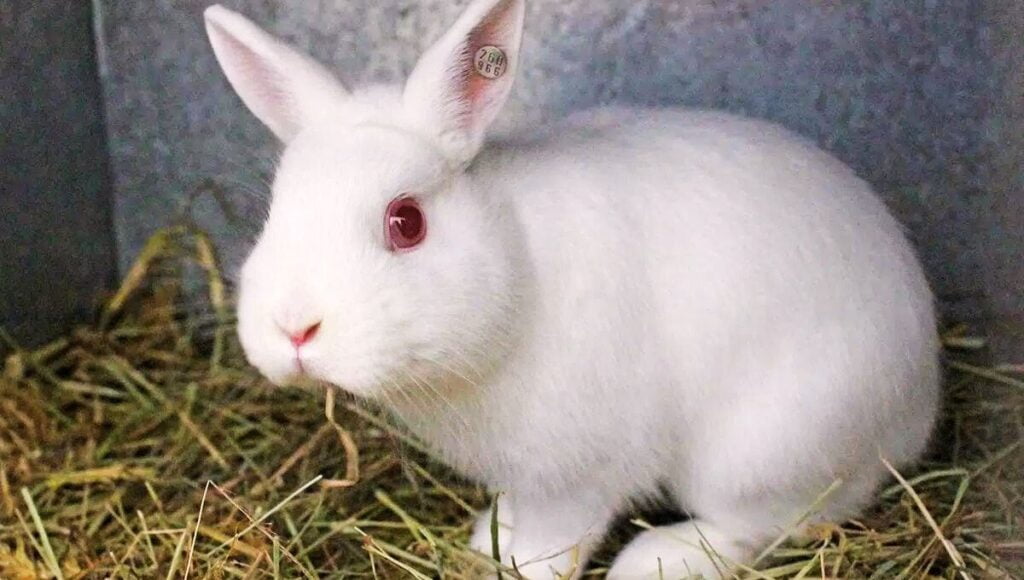
Polish rabbits are small and have longer ears that touch each other from the base to the tip. Short heads, full cheeks, and bold eyes make this breed super adorable. The accepted weight of the tiny rabbit breed is between 2.5 lbs to 3.5 lbs.
Due to their tiny size, many people confuse Polish rabbits with Dutch dwarf rabbits, but Polish rabbits are a little bigger than the Dutch dwarfs, and their heads are not round, unlike the Dutch dwarfs. However, there are other differences also present such as body type, colour, and coat structures.
Fur and Color:
The rabbit breed is short and soft flyback fur which is super easy to maintain. They don’t need much grooming and their fur returns to the original position when it is stroked from the opposite direction.
Until the 1950s, Polish rabbits were white with either red eyes or blue eyes. But after the 1950s, coloured varieties were recognized by the rabbit clubs, and in 1957, the American Rabbit Breeders’ Association recognized black and chocolate colours for Polish rabbits. Currently, six different colours are recognized by the ARBA: blue-eyed white (BEW), ruby-eyed white (REW), blue, black, chocolate, and broken (which is any colour mixed with white).
Diets:
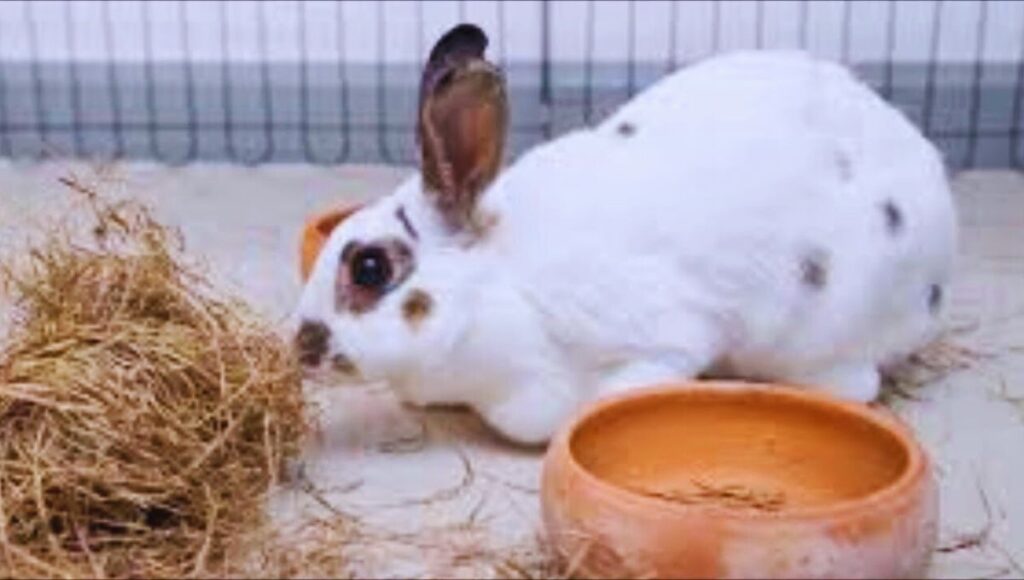
A mature Polish rabbit must be fed 1/4 cup of pelleted feed every day. If the activity level is high, then the rabbit should have access to unlimited fresh hay, young dandelion leaves, parsley, and spinach, as they are nutritious and ensure good dental health, gastrointestinal health, urinary tract health, and weight control.
You must avoid carrots, cabbages, corn, and other high-sugar foods, as these can cause gastroenteritis and dental problems. Seeds and sharp objects must not be given to the rabbit.
How do you know if the rabbit is healthy?
A healthy Polish rabbit must be well-fleshed but not flabby. If you move your hands over the rabbit’s back and ribs and a firm layer of flesh is felt, then the rabbit is healthy and properly nourished. A prominent spine indicates undernutrition, and the inability to feel the spine indicates overnutrition.
Also Read: Lionhead Rabbits: Everything You Must Know Before Buying
Predators and threats:
There are no natural predators for Polish rabbits. But due to their tiny size and delicious meat, dogs, cats, foxes, badgers, coyotes, weasels, and larger birds can attack and kill them. Hence, while your little rabbit is playing in the garden, monitor it closely.
IUCN Status:
Due to a lack of proper data, the ICUN status of Polish rabbits hasn’t been evaluated yet.
Reproduction:
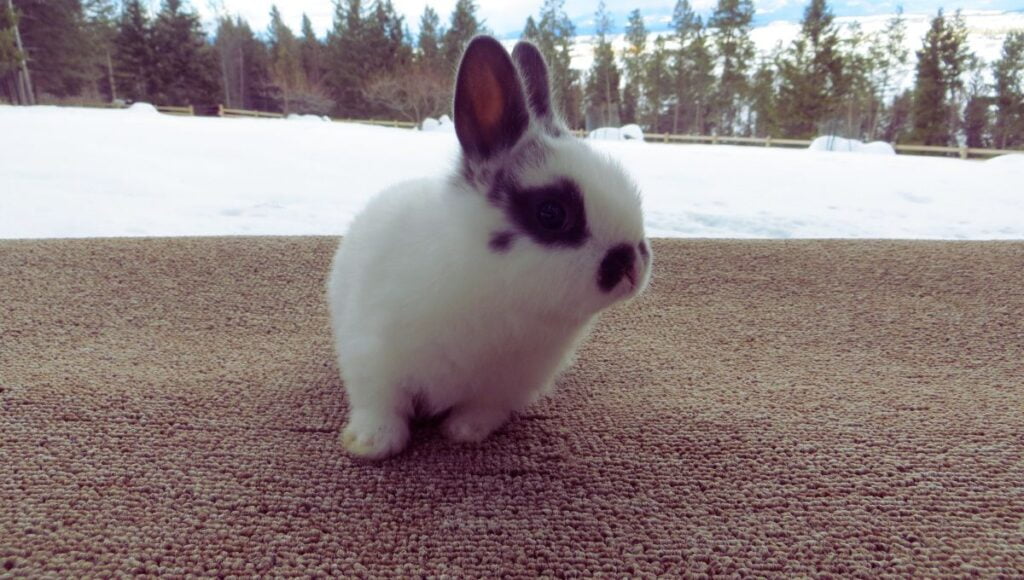
The sexual maturity of the rabbits begins around 4 to 6 months of age. The female takes a little longer time to become mature than the male (buck). The gestation period is very small (around 28-31 days) and the doe can give birth to the kittens multiple times a year. The litter size is usually between two and five and the kits are born hairless, blind, and deaf.
Within a week, the fur starts to grow and within two weeks the kits open their eyes. The weaning age of Polish rabbits is 4-6 weeks and after that, the kits start to consume solid food. The owner must ensure during this time, the doe and the kits receive proper nutrition.
Lifespan:
The average lifespan of Polish rabbits is 5-6 years but can live up to 8 years.
Behaviour: Is the Polish rabbit a good pet?
The rabbit breed has a great temperament that makes them a great pet. They are cute and docile, love to get cuddled and play with family members and even with strangers. They don’t like to be confined in the cage for a long time but they want to be picked up and petted. They also enjoy playing with the toys and stay active. However, they are not aggressive but they can bite if they are afraid. Hence teach your child how to behave with the bunny.
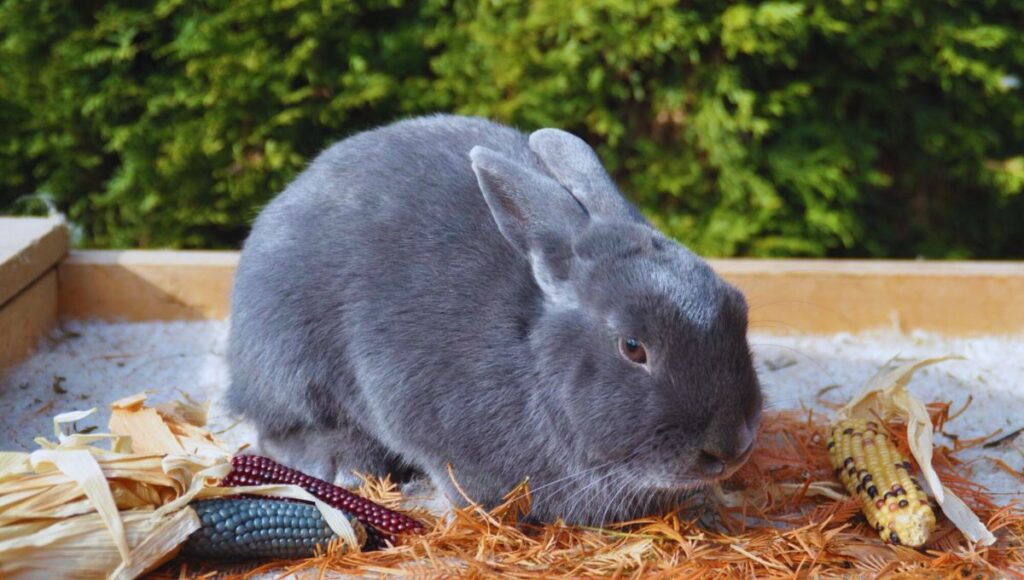
Despite having such glossy fur, the Polish rabbits don’t need to be groomed very often. Their foods are easily available in the market and hence you don’t need to worry about their nutrition.
Being a small rabbit breed, the Polish rabbits don’t need much space or a large cage. Just make sure to keep them active and entertained, give them 5-6 hours to run and play in the garden or move around the house.
The bunnies are excellent pets for any family and can fit into any family. They know how to deal with individuals, couples, the elderly and families. If you are a beginner, still you can pet the rabbit as the breed is easy to train because of their high intelligence. The rabbits can jump up to 3 feet.
Polish Rabbit Sales: How do you purchase a Polish Rabbit?
Polish rabbits are widely found in the USA, UK, Canada, and Belgium. You can easily find them at the local pet shops or you can buy them from local rabbit breeders. However, depending on your location you can purchase the rabbit online.
In case, you haven’t found a local breeder, you can check out the link below which has a list of local breeders recognized by ARBA and you can contact them through their website, email or phone. Click here to find a local breeder.
What is the price of a Polish rabbit?
The price of a Polish rabbit depends on your location. However, the price is usually between $25 and $65 in the USA.
Cage Size:
Polish rabbits need a bigger cage compared to their size so they can move, play and stretch comfortably. It is advised that the cage must be at least three to four times larger than the rabbit. If you lack enough space, you should have a minimum of 24×36 inches or 30×36 inches cage for a mature Polish rabbit.
13 Facts You Should Remember Before Purchasing a Polish Rabbit:
- They love socializing and are suitable for any family as they are compatible with any family irrespective of age, gender, and experience.
- If you are patient enough, Polish rabbits are very easy to train. You can easily give litter training, potty training, and exercise training to them.
- They require a sufficient amount of grass, hay, and oats for their nutrition which is not difficult to find. You can also feed them with processed rabbit food.
- Despite having glossy fur, Polish rabbits don’t require much grooming. Once a week is sufficient for them but in the molting season, it is advised to groom them twice or thrice a week.
- If you want to purchase a rabbit for the exhibition, Polish rabbits can be a nice choice for you.
- Always make sure the cage is big enough so the rabbit can move freely. Check the floor frequently because a rough surface can damage the rabbit’s legs and cause infection.
- Make the room rabbit-proof because these rabbits have a very bad tendency to chew and bite anything. Thus, keep all the electric wires, sharp objects, and important documents out of the rabbit’s reach.
- Never allow the Polish to eat meat, high-sugar foods and dairy products, this might cause stomach problems.
- Due to their small size, predators can easily attack and kill the rabbit. Hence, when your rabbit is playing outdoors, always supervise it closely.
- Bring your rabbit at least once a year to the veterinary surgeon. After the rabbit reaches five years of age, consult the veterinary about the rabbit’s health more often.
- The rabbit demands a lot of playing time and exercise. You must give the rabbit five to six hours daily to run and play in the ground or garden. Hence, you have to manage time and monitor the rabbit while it is playing outside.
- The rabbits are prone to many health problems such as Malocclusion (when the upper and lower teeth are misaligned), GI Stasis (when their digestive system slows down or stops completely), Ear Mites (parasites attack the rabbit and the rabbit shakes its head very often if they are affected), and Flystrike (flies lay their eggs on soiled patches of fur and injured places). If you find any of the diseases in your rabbit, don’t ignore it and quickly consult a veterinary surgeon.
- However, remember that they are small, docile, and even-tempered pet rabbits who love to be cuddled and petted.
FAQs:
Is it a Polish rabbit dwarf?
Polish rabbit is a small breed of domestic rabbits and is much different from Netherlands dwarf rabbits. Dwarf describes a creature having disproportions of body and limb, whereas small indicates a creature that is tiny by its size. Hence, Polish rabbits are small but not dwarf as they don’t have disproportionate body shapes.
Are Polish rabbits aggressive?
No, Polish rabbits are not aggressive but if provoked they can bite. However, during mating season and if injured the rabbits can be aggressive but the chances are little.
Also Read:
Tan Rabbits Pet Guide: Top 7 Facts to Know Before Buying
Are Satin Rabbits Good Pets? 17 Facts to Remember Before Purchasing a Satin
Are Rex Rabbits Good Pets? 13 Facts You Should Know Before Purchasing a Rex
Are Mini Lop Rabbits Good Pets? 7 Important Facts to Know Before Buying
English Spot Rabbit: Everything You Should Know Before Purchasing